It was 5.30am when Aaron Herringshaw set off from his home in Bournemouth at the wheel of his Mercedes-Benz C200 CDi estate to drive the 25 miles to his job as a chef in deepest Dorset. He liked the drive, especially at that time of the day when the sun is rising and the roads are quiet.
Then, as he was travelling along a familiar country road, a deer leapt out from a hedge immediately ahead of him. With no time to react, Herringshaw struck it. The deer bolted away.
Some months later, Herringshaw recalls the experience of hitting a large deer at about 40mph.
“It was terrifying,” he says. “The animal was literally right in front of me and there was nothing I could do. The Mercedes was a heavy car but it shook with the impact.”
Such was the damage to the 15-year-old Merc that Herringshaw’s insurer wrote it off. Herringshaw replaced it with a BMW 320d saloon of a similar age. However, within weeks, and on his same commute, he hit another deer in similar circumstances. Unfortunately, this time the deer was killed and, again, Herringshaw’s car was written off.
“Now, every time I drive on a country road, I’m fearful another deer will leap out in front of me,” says Herringshaw. “I see them all the time where other people don’t. I was never a fast driver but now I don’t do anywhere near the speed limit, which makes drivers behind me impatient.”
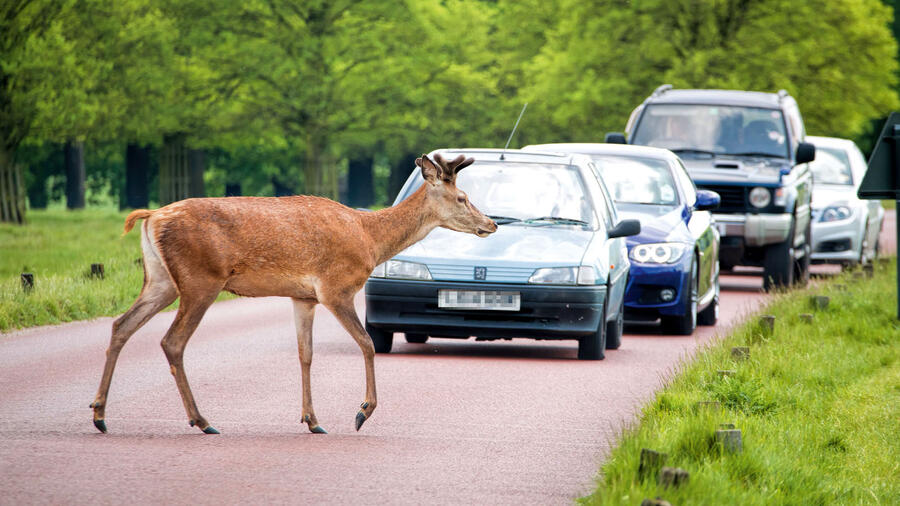
Has Herringshaw just been unlucky? In fact, according to several studies, 400 drivers and their passengers are injured in collisions involving deer each year, and possibly as many as 1000, and up to 20 are killed. As for the deer, it’s estimated that at least 40,000 are killed on UK roads each year, and possibly as many as 74,000. The peak months for collisions are May and October to January, and peak times are the early morning, when deer go in search of a mate or new territories.
However, with the exception of the figure quoted for human deaths, the numbers for human injuries and deer fatalities should be treated with caution. That’s because there is no legal requirement in the UK for incidents to be reported and the official records that do exist are often inconsistent between monitoring organisations.
Until more accurate data is available, motorists can only look abroad to gain a more precise picture. In Germany, for example, where collisions involving animals must be reported, there are 1000 non-fatal and 20 fatal driver and passenger casualties each year, arising from 220,000 deer-related incidents.

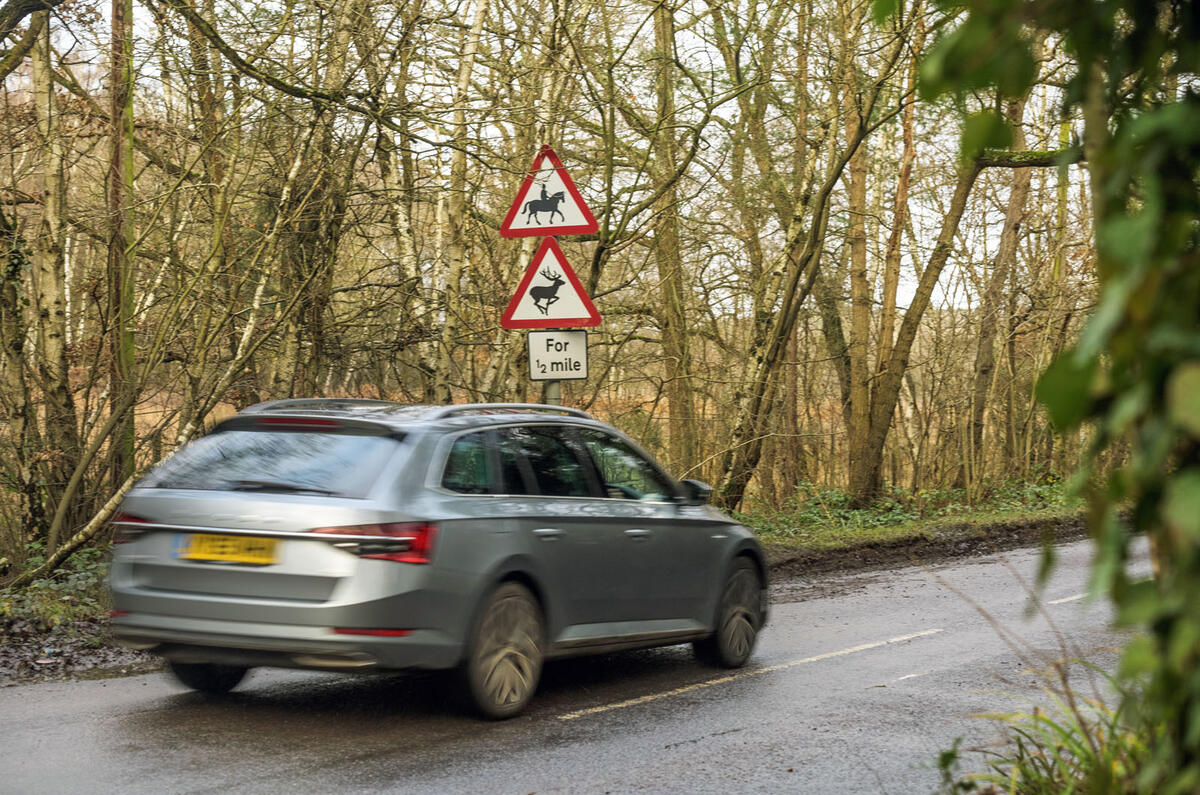
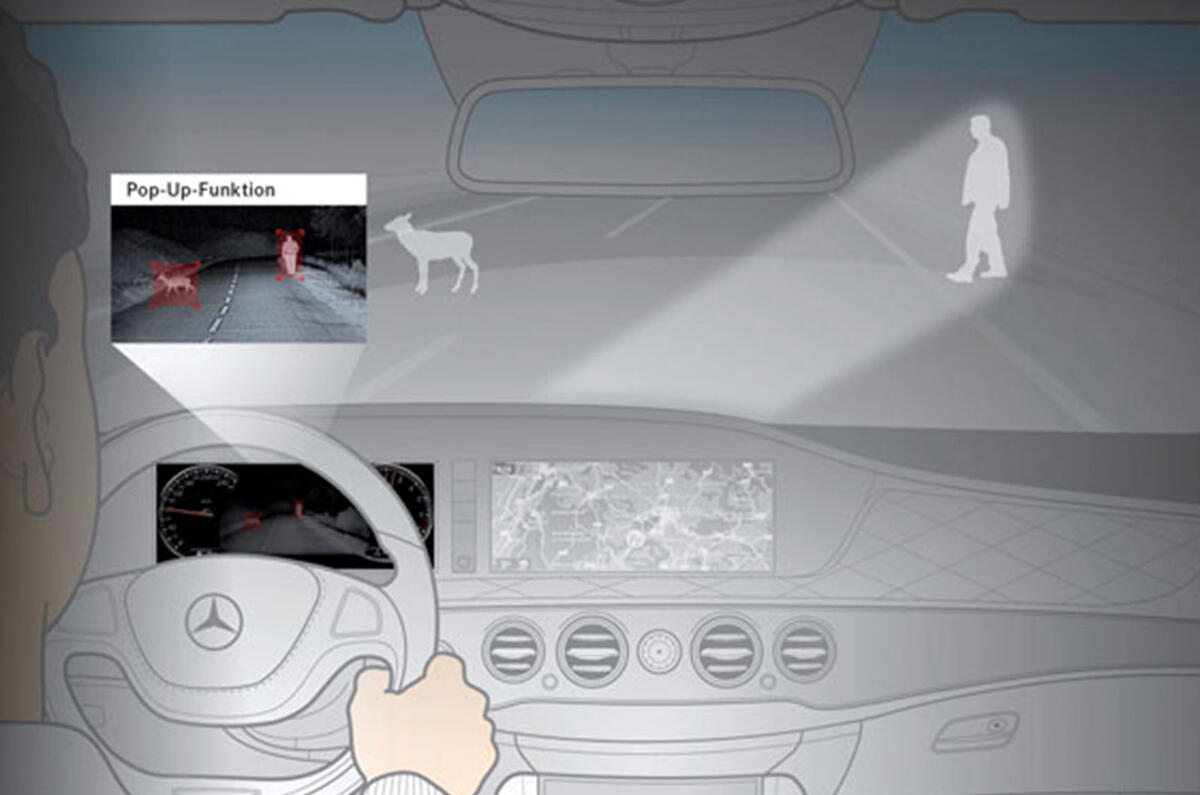
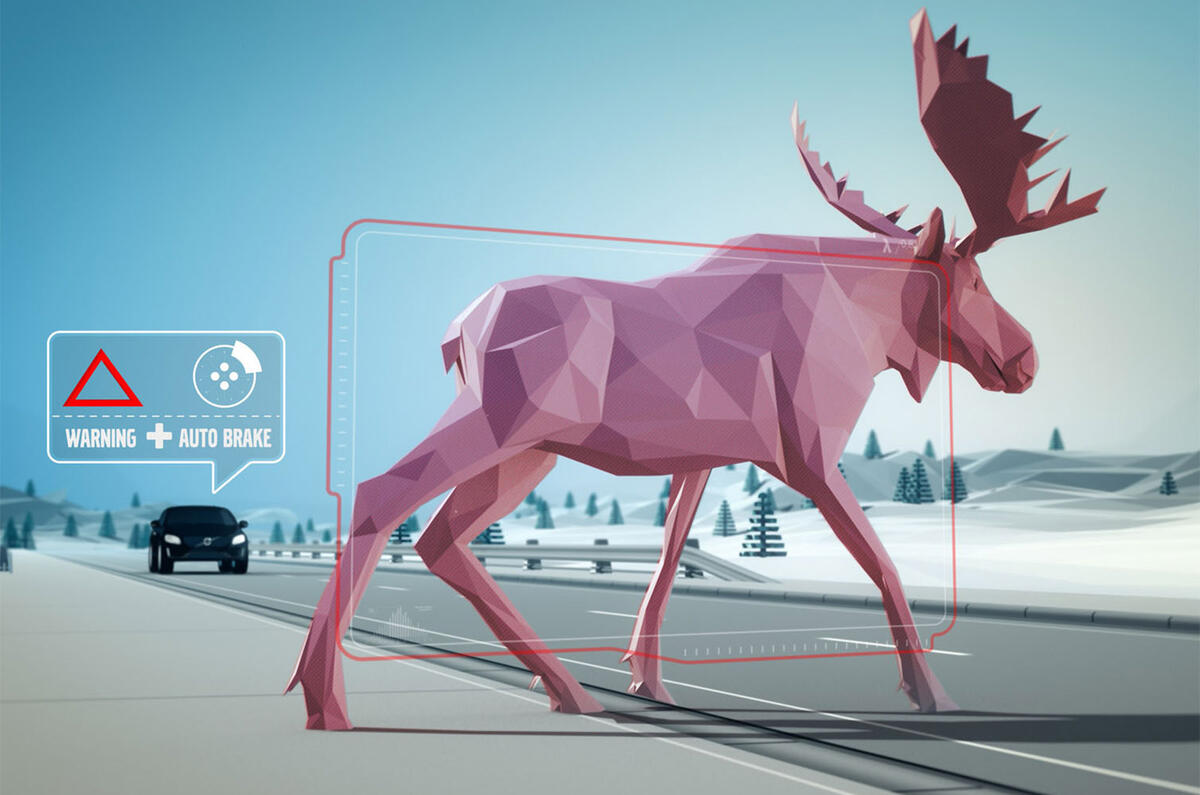
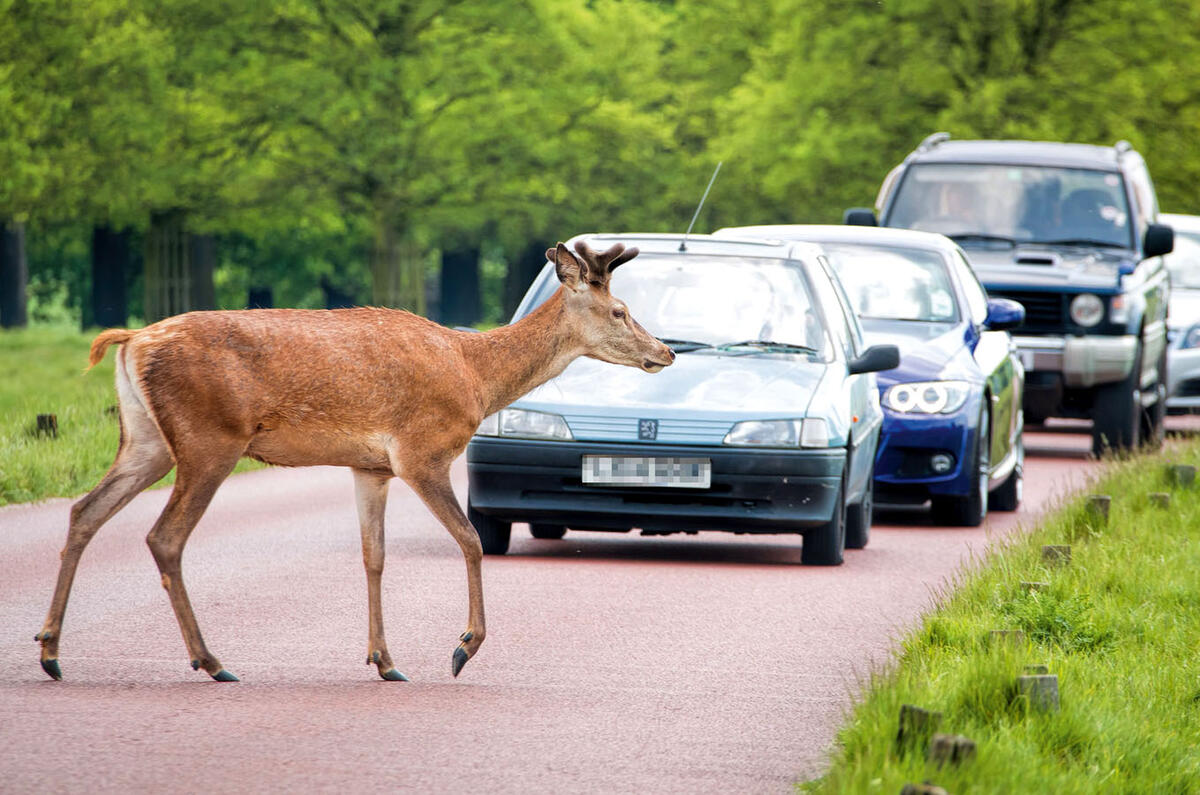
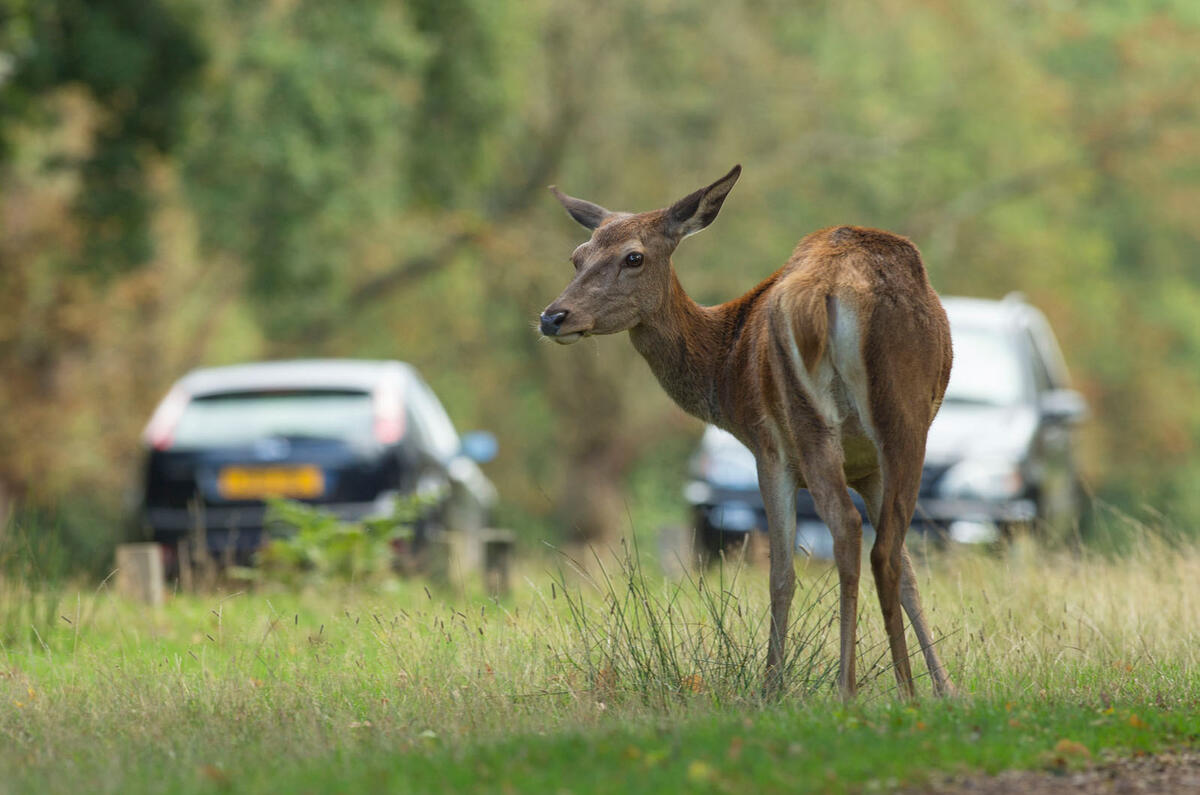



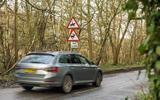
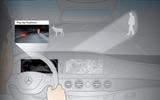
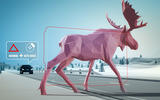
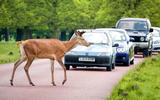
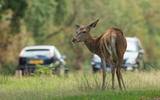

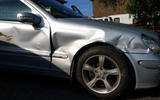
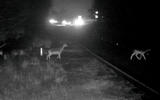

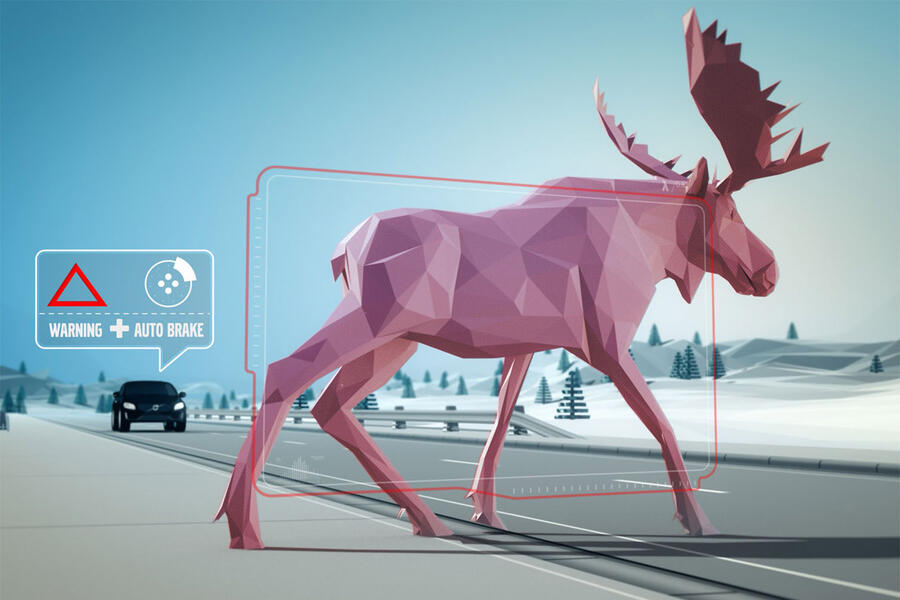
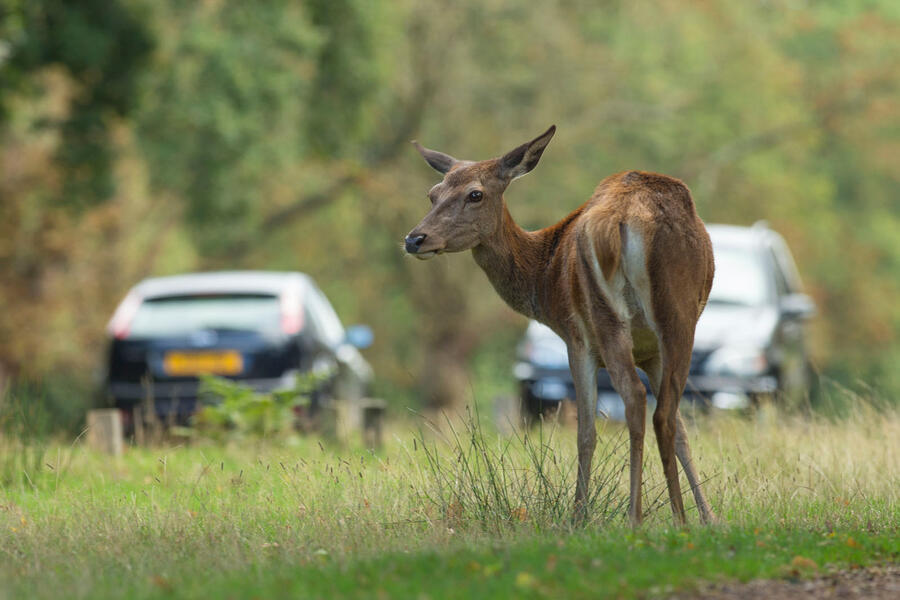
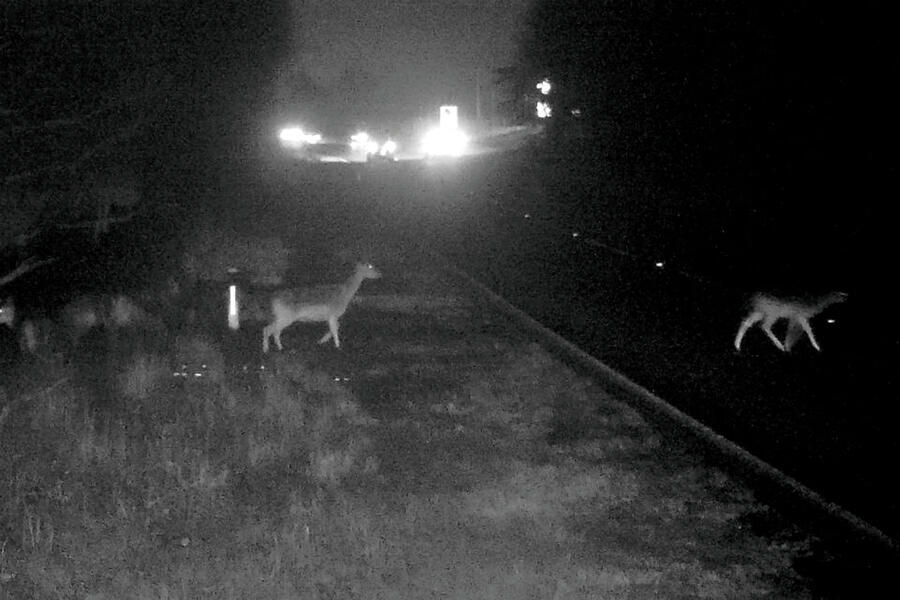

Join the debate
Add your comment
Living in 'deepest Dorset' we
Living in 'deepest Dorset' we have but one dual-carriageway within quite a large radius. It's also an area very attractive to deer, who like to graze right up to the edge of the road. Drivers rarely even pull away from the inside lane as they pass a group of deer - I expect many don't even see them. Being also a favourite spot for camera vans, people are often reported for travelling at speeds in excess of 90 mph on that road, one last year for 150+ mph. He claimed it was safe as the road was quiet. It would be interesting to see what a hitting a deer does to a Porsche at those speeds.
Deer carcasses locally (there were five within a hundred metres of each other on that dual-carriageway at one point last year) are often accompanied by the debris of whatever hit them. Like Mr Herringshaw, some of us have learnt to drive with that knowledge in mind.
In the space of a minute, I
In the space of a minute, I hit three mosquitos last summer. That was terrifying as well.
Has anyone else got some really boring 'I hit a...' stories?
Hence...
..Volvo and Saab vehicles having certain resistance to being damaged.